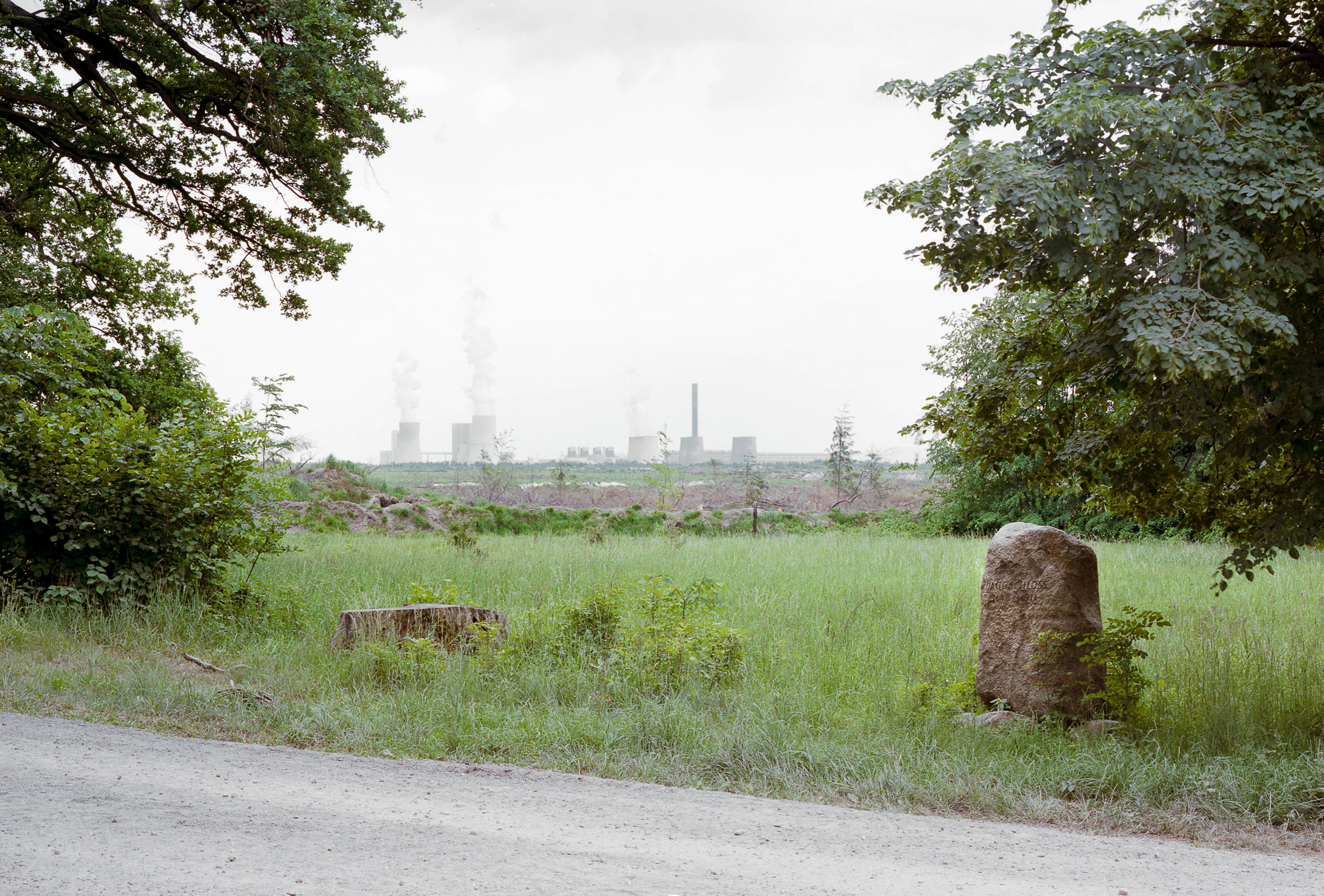Contact
ELSE-FRENKEL-BRUNSWIK-INSTITUTE for Democracy Research in Saxony
Universität Leipzig
Ritterstraße 26
04109 LEIPZIG
POSTFACH-NR.: 348003
- Research
- Projects
- Documentation
- Counseling

Project in Saxony
Political protest in Upper Lusatia

The research project “Political Protest in Upper Lusatia” deals with various forms of civil society and political protest in regions of Saxony, focusing on Saxon Upper Lusatia. There are specific structural features that provide a background to understand this region: after many parts of Saxony began to recover from the upheavals following 1989, this state is now faced with the challenges of a significant structural change due to the planned phase-out of coal by 2038. The project aims to understand the connections between current and past political crises and political protest not only in their specific local contexts but also in their generalizable dynamics. Upper Lusatia is a reference region for this research.
Due to the decision in 2019 to end mining, Upper Lusatia, as one of the last three coal regions in Germany, has repeatedly been the focus of public interest. Structural breaks and transformation experiences have shaped this very culturally diverse region since 1989. Formerly the most important energy supplier for the German Democratic Republic (GDR), Upper Lusatia experienced abrupt deindustrialization following reunification and the corresponding dismantling of not only the local coal but also glass, steel, and textile industries; the loss of jobs, massive demographic migration to more urban areas and the West, and a general devaluation of Upper Lusatia and East German biographies. Now the region is once again facing far-reaching, albeit slower, changes. With the final phase-out of coal by 2038, a double loss threatens (cf. Retkowski, 2021): on the one hand, the loss of the economic stability anchored to the lignite mining and power generation in the region – for example, wages according to collective bargaining agreements, gross income above the East German average, and qualified training courses in the coal industry ensured relative prosperity and security for those working/living in the region – and, on the other hand, the loss of identity-forming ways of life and work associated with the mining. It is planned by the federal government that Upper Lusatia develop into a “European model region for structural change” (Federal Ministry for Economic Affairs and Energy, 2020), and this task – both for the economy and the population – is supported through laws that strengthen structures, which are intended to absorb losses and create new opportunities for economic, social, and ecological development. There are plans not only to set up governmental offices as well as research institutes and to develop infrastructure (in the areas of health, transport, and education) but also to establish private companies there.
Against the background of more than 30 years of experiencing upheaval, this structural change and the choice of words to become a “model region” of exemplary structural change to the energy industry was met with skepticism among the local population, expressing little openness to further change in the region. The government is at least striving to help shape the transformation in participatory processes while explicitly emphasizing the importance of a lively civil society. Considering these corresponding tensions, it is interesting to look at past and current civil society commitment and political protest movements in Upper Lusatia. Even though in the GDR (community-oriented) commitment generally took place within the framework of state mass organizations or affiliated companies – while independent forms often were subject to restrictions (cf. Staemmler et al. 2020) – it was nevertheless oppositional citizens’ movements and mass protests that finally brought the GDR to an end. In a similar vein, protest initiatives directly related to structural change are currently relevant: for instance the demonstrations by the industrial union IG Bergbau, Chemie, Energie (IG BCE) Bau Chemie Energie demanding that the planned phase-out by 2038 not take place or the citizens’ initiatives that completely reject the phase-out of coal, as well as actions by climate activists who want to prevent the further mining of lignite and call for an earlier phase-out to comply with climate targets. On the other hand, Upper Lusatia is currently the scene of protests against restrictions on fundamental rights as a result of the COVID pandemic, for example the so-called silent protest on the highway B96, which are also aimed specifically at the state.
Central to the project is therefore the question of the experience of (social, economic, and cultural) insecurities, transformation, and short-term crisis events, as well as their importance for political mobilization. Of particular interest is how collectively shared experiences of region-specific conflicts, upheavals, or crises and supraregional social contradictions are processed and understood in Upper Lusatia, what needs and motives drive political engagement there, and what expectations of collective ability to act are linked to this. How are the various protest activities perceived by the people of Upper Lusatia, how are the people involved in these protests, what meaning is ascribed to them, and what functions do they fulfill for the activists?
Within this framework, group discussions – evaluated qualitatively and reconstructively while taking into account regional-specific conditions – are carried out not only with people who are involved in civil society and who are part of the political protest but also with people who are not involved and who live in Saxon Upper Lusatia.
Literature:
Bundesministerium für Wirtschaft und Energie (2020). Eckpunkte zur Umsetzung der strukturpolitischen Empfehlungen der Kommission „Wachstum, Strukturwandel und Beschäftigung“ für ein „Strukturstärkungsgesetz Kohleregionen“. https://www.bmwi.de/Redaktion/DE/Downloads/E/eckpunkte-strukturwandel.pdf?__blob=publicationFile [Zugriff am 09.02.2022].
Retkowski, A. (2021). Die Lausitz als Modellregion einer nachhaltigen Transformation. Soziale Passagen, 13(1), 7-29.
Staemmler, J., Priemer, J., Gabler, J. (2020): Zivilgesellschaft im Strukturwandel. Vereine und Stiftungen in der Lausitz. - IASS Broschüre.

